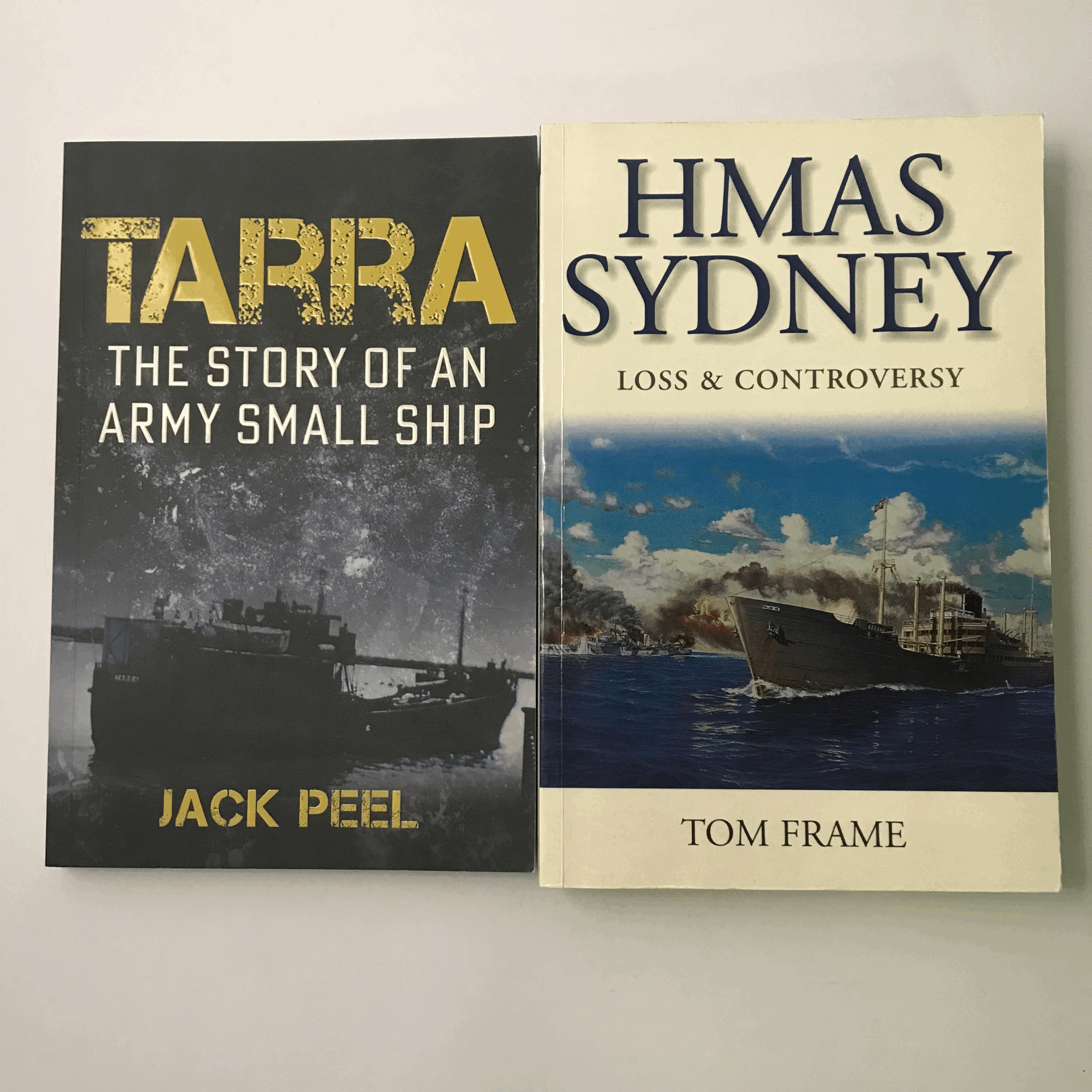 Image 1 of 8
Image 1 of 8

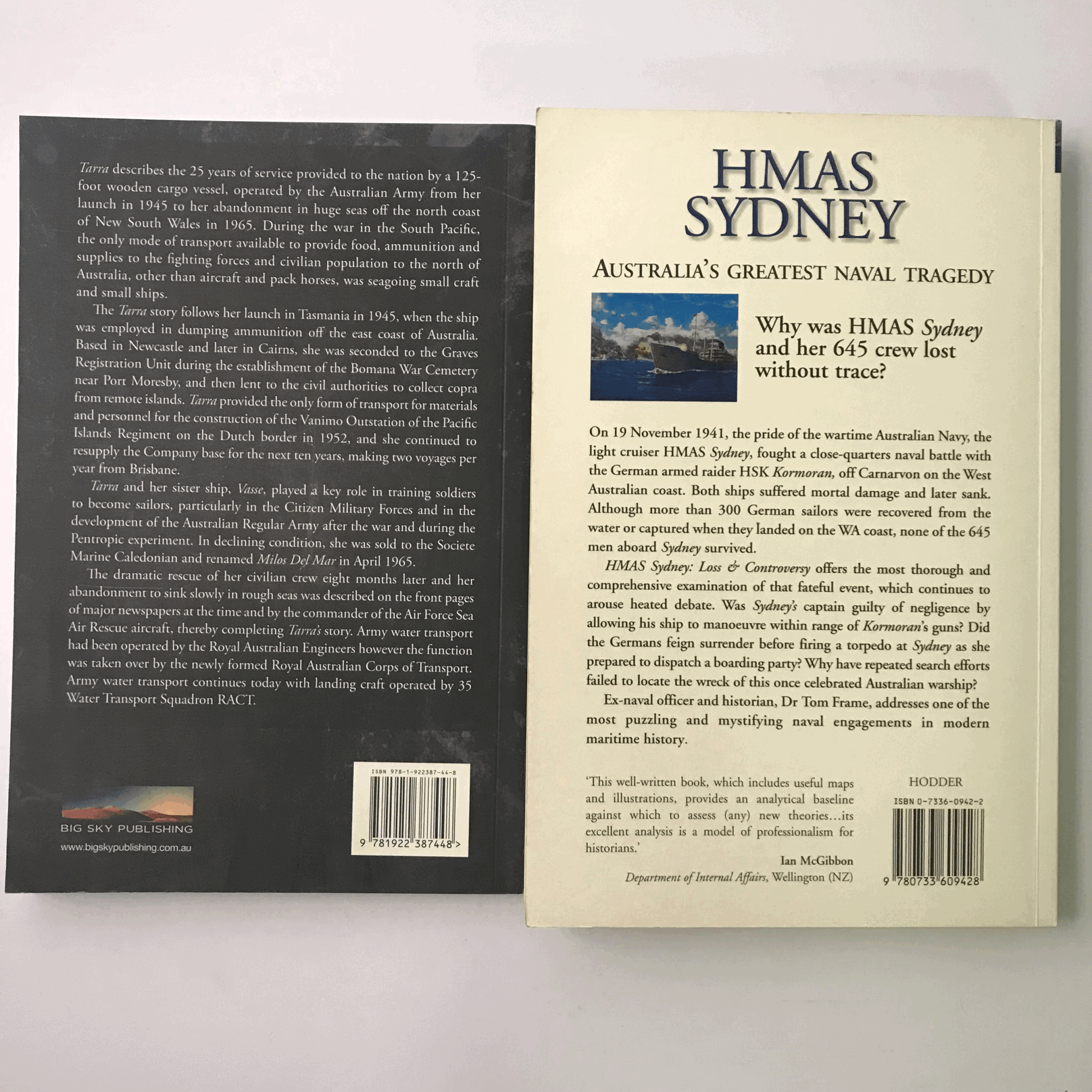 Image 2 of 8
Image 2 of 8

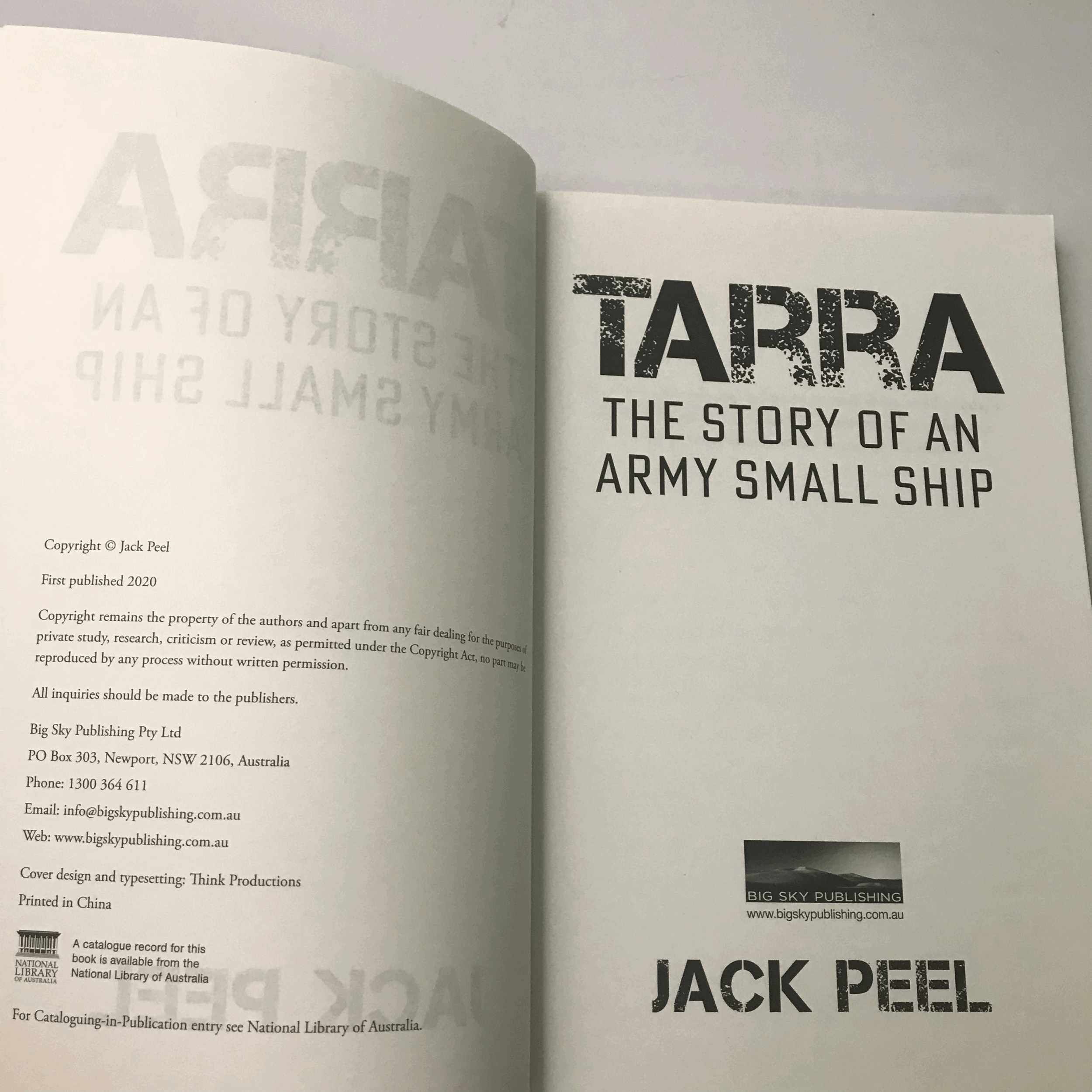 Image 3 of 8
Image 3 of 8

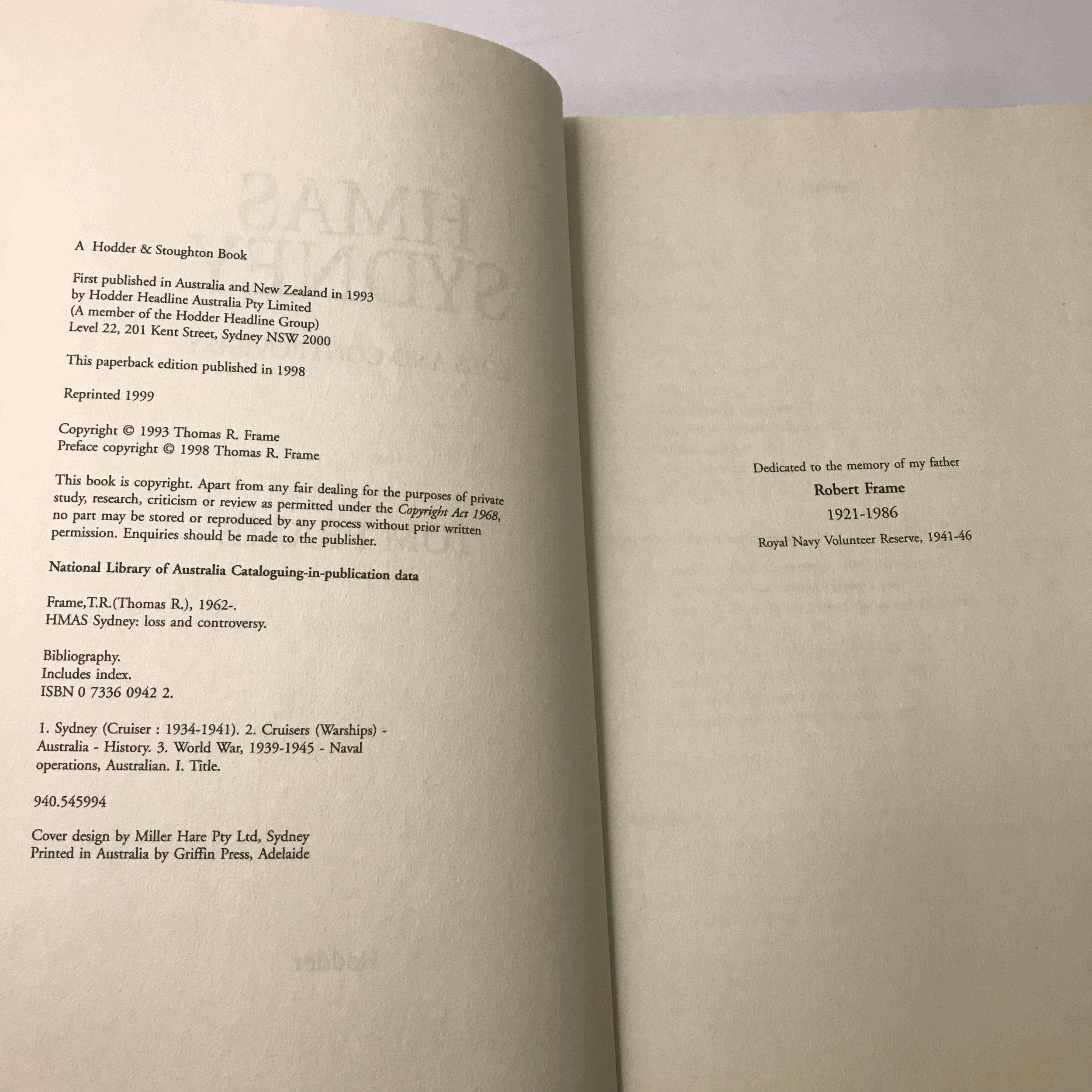 Image 4 of 8
Image 4 of 8

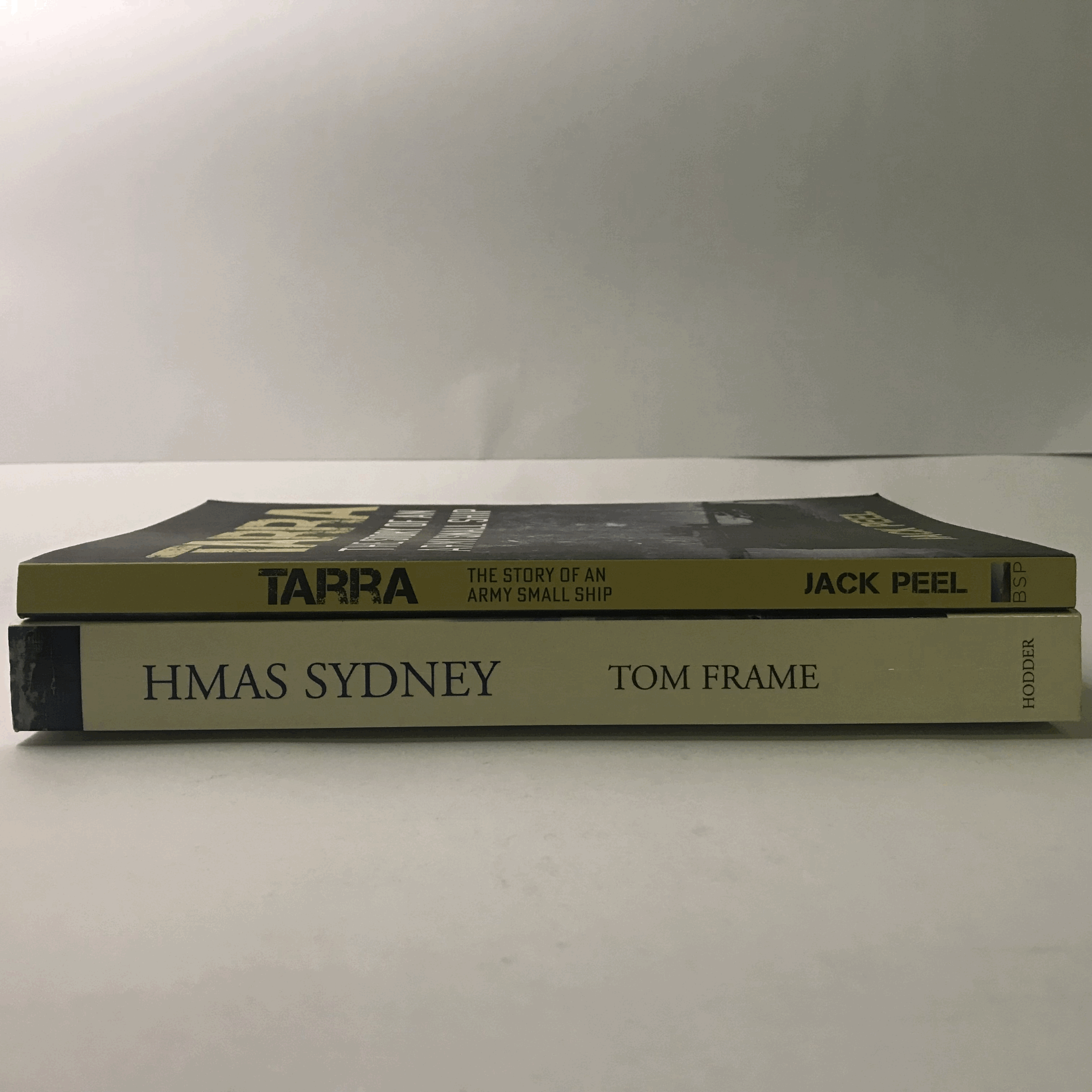 Image 5 of 8
Image 5 of 8

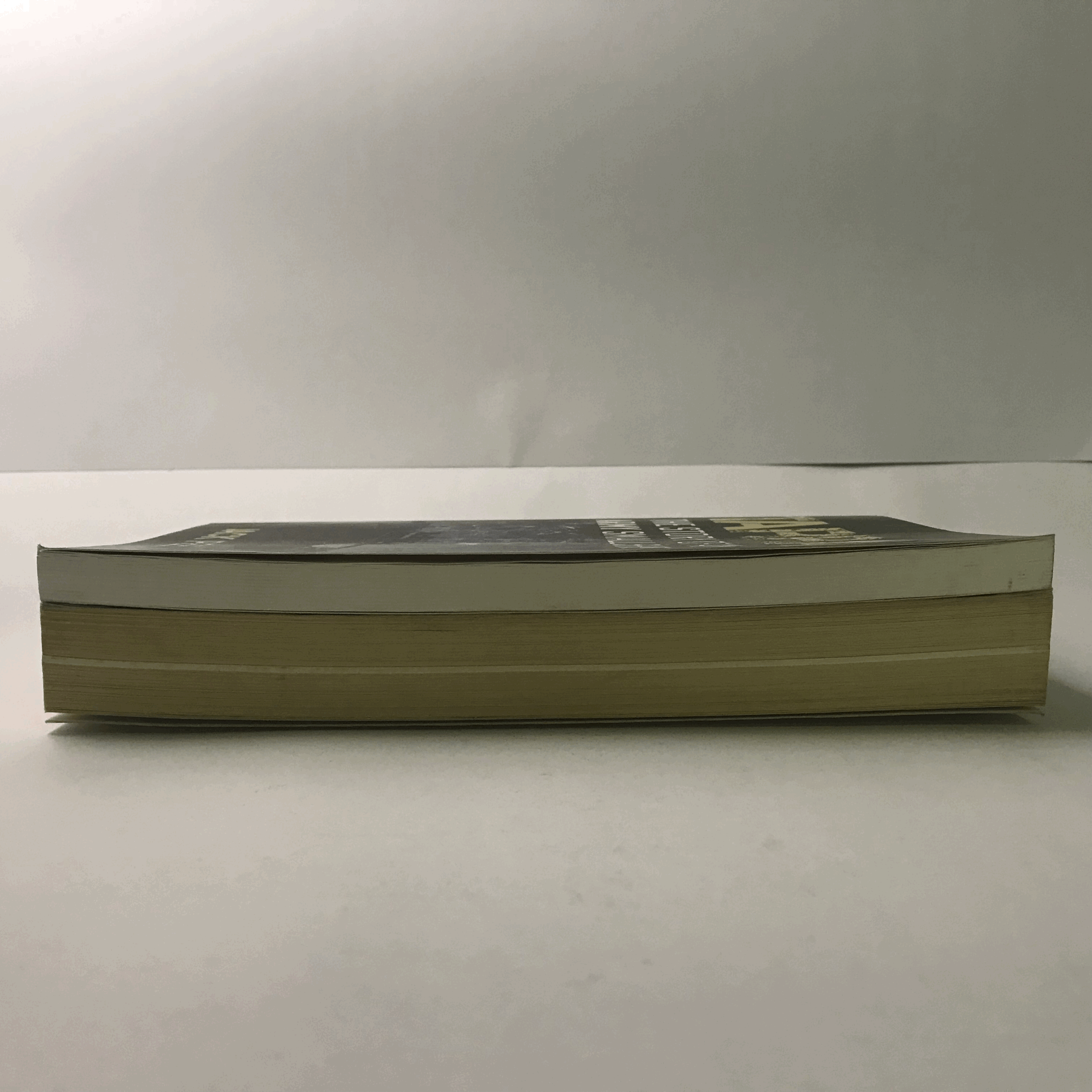 Image 6 of 8
Image 6 of 8

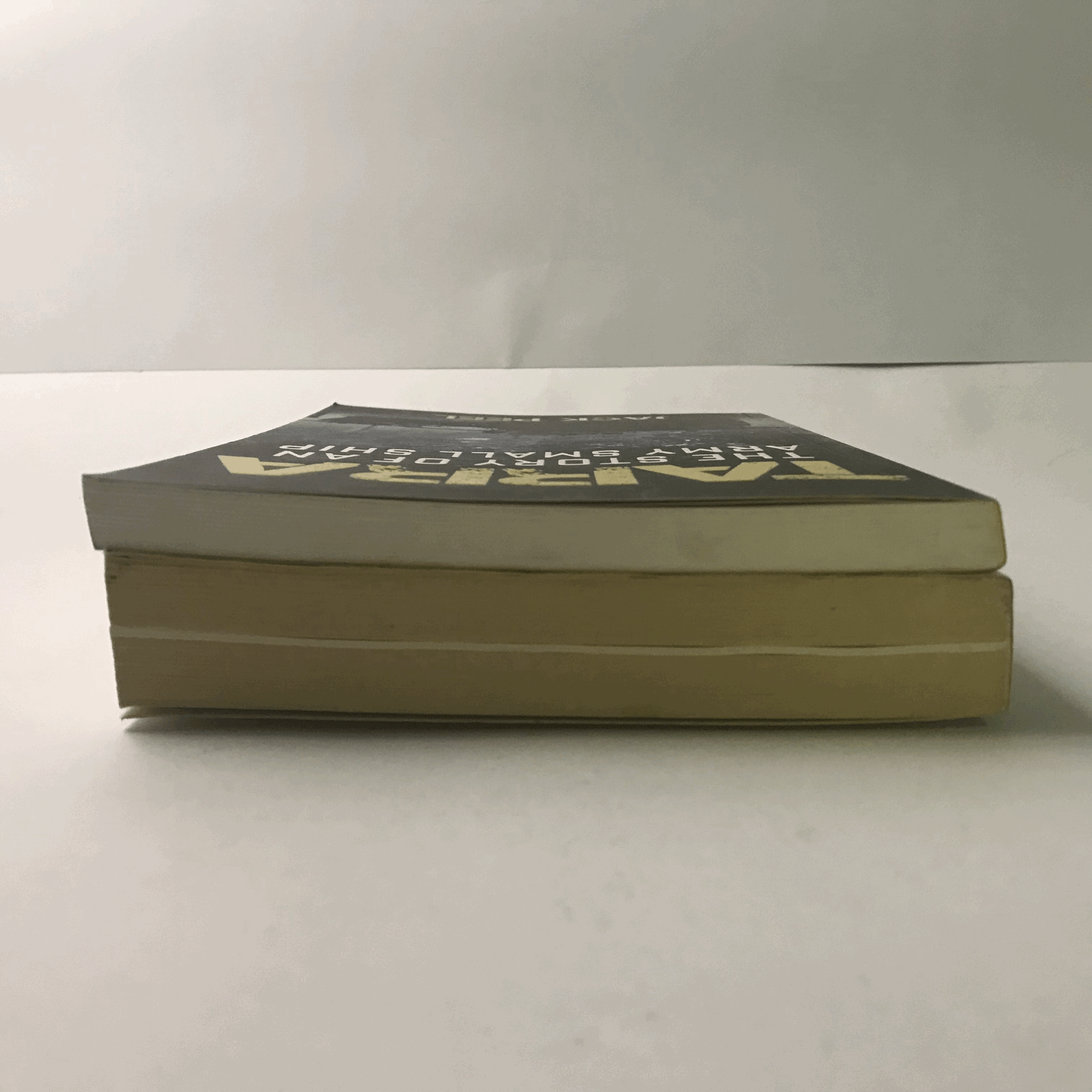 Image 7 of 8
Image 7 of 8

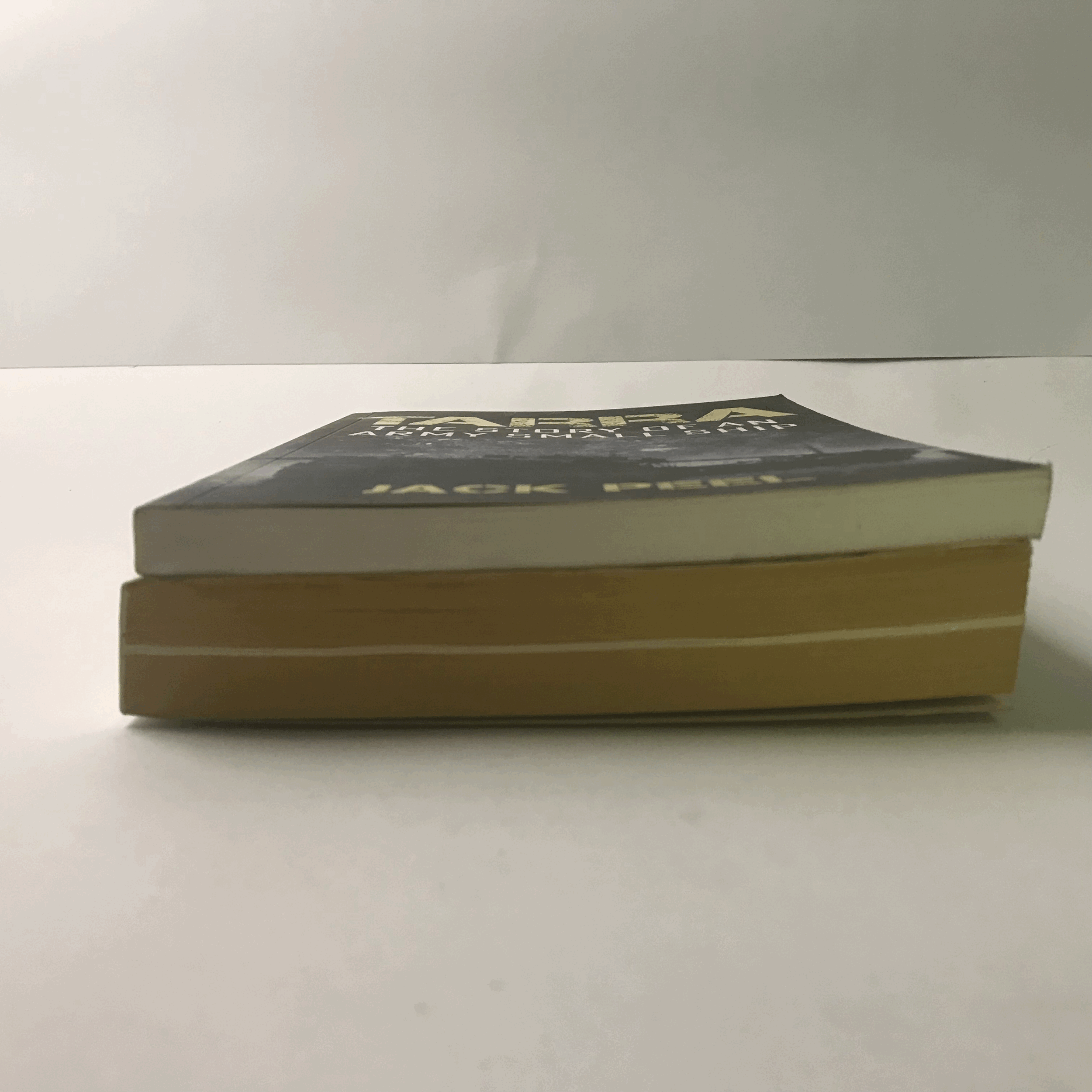 Image 8 of 8
Image 8 of 8









(Bundle) Jack Peel - Tarra The Story of an Army Small Ship AND Tom Frame - HMAS Sydney
Tarra The Story of an Army Small Ship
TARRA: The Story of an Army Small Ship describes the 20 years of service provided to the nation by a 125-foot wooden cargo vessel, operated by the Australian Army from her launch in 1945 to her abandonment in huge seas off the north coast of New South Wales in 1965. During the war in the South Pacific, the only mode of transport available to provide food, ammunition and supplies to the fighting forces and civilian population to the north of Australia, other than aircraft and pack horses, was seagoing small craft and small ships.
The Tarra story follows her launch in Tasmania in 1945, when the ship was employed in dumping ammunition off the east coast of Australia. Based in Newcastle and later in Cairns, she was seconded to the Graves Registration Unit during the establishment of the Bomana War Cemetery near Port Moresby, and then lent to the civil authorities to collect copra from remote islands. Tarra provided the only form of transport for materials and personnel for the construction of the Vanimo Outstation of the Pacific Islands Regiment on the Dutch border in 1952, and she continued to resupply the Company base for the next ten years, making two voyages per year from Brisbane.
Tarra and her sister, ship Vasse, played a key role in training soldiers to become sailors, particularly in the Citizen Military Forces and in the development of the Australian Regular Army after the war and during the Pentropic experiment. In declining condition, she was sold to the Societe Marine Caledonian and renamed Milos Del Mar in April 1965.
The dramatic rescue of her civilian crew eight months later and her abandonment to sink slowly in rough seas was described on the front pages of major newspapers at the time and by the commander of the Air Force Sea Air Rescue aircraft, thereby completing Tarra's story. Army water transport had been operated by the Royal Australian Engineers however the function was taken over by the newly formed Royal Australian Corps of Transport. Army water transport continues today with landing craft operated by 35 Water Transport Squadron RACT.
HMAS Sydney
On 19 November 1941, the pride of the wartime Australian Navy, the light cruise HMAS Sydney, fought a close-quarters naval battle with the German armed raider HSK Kormoran, off Carnarvon on the West Australian Coast. Both ships suffered mortal damage and later sank. Although more then 300 German Sailors were recovered from the water or captured when they landed on the WA coast, none of 645 men aboard Sydney survived.
HMAS Sydney: Loss & Controversy offers the most thorough and comprehensive examination of that fateful event, which continues to arouse heated debate. Was Sydney’s captain guilty of negligence by allowing his ship to manoeuvre within range of Kormoran’s gun? Did the Germans feign surrender before firing a torpedo at Sydney as she prepared to dispatch a boarding party? Why have repeated search efforts failed to locate the wreck of this once celebrated Australian warship? Ex-naval officer and historian, Dr Tom Frame, addresses one the most puzzling and mystifying naval engagements in modern maritime history.
Tarra The Story of an Army Small Ship
TARRA: The Story of an Army Small Ship describes the 20 years of service provided to the nation by a 125-foot wooden cargo vessel, operated by the Australian Army from her launch in 1945 to her abandonment in huge seas off the north coast of New South Wales in 1965. During the war in the South Pacific, the only mode of transport available to provide food, ammunition and supplies to the fighting forces and civilian population to the north of Australia, other than aircraft and pack horses, was seagoing small craft and small ships.
The Tarra story follows her launch in Tasmania in 1945, when the ship was employed in dumping ammunition off the east coast of Australia. Based in Newcastle and later in Cairns, she was seconded to the Graves Registration Unit during the establishment of the Bomana War Cemetery near Port Moresby, and then lent to the civil authorities to collect copra from remote islands. Tarra provided the only form of transport for materials and personnel for the construction of the Vanimo Outstation of the Pacific Islands Regiment on the Dutch border in 1952, and she continued to resupply the Company base for the next ten years, making two voyages per year from Brisbane.
Tarra and her sister, ship Vasse, played a key role in training soldiers to become sailors, particularly in the Citizen Military Forces and in the development of the Australian Regular Army after the war and during the Pentropic experiment. In declining condition, she was sold to the Societe Marine Caledonian and renamed Milos Del Mar in April 1965.
The dramatic rescue of her civilian crew eight months later and her abandonment to sink slowly in rough seas was described on the front pages of major newspapers at the time and by the commander of the Air Force Sea Air Rescue aircraft, thereby completing Tarra's story. Army water transport had been operated by the Royal Australian Engineers however the function was taken over by the newly formed Royal Australian Corps of Transport. Army water transport continues today with landing craft operated by 35 Water Transport Squadron RACT.
HMAS Sydney
On 19 November 1941, the pride of the wartime Australian Navy, the light cruise HMAS Sydney, fought a close-quarters naval battle with the German armed raider HSK Kormoran, off Carnarvon on the West Australian Coast. Both ships suffered mortal damage and later sank. Although more then 300 German Sailors were recovered from the water or captured when they landed on the WA coast, none of 645 men aboard Sydney survived.
HMAS Sydney: Loss & Controversy offers the most thorough and comprehensive examination of that fateful event, which continues to arouse heated debate. Was Sydney’s captain guilty of negligence by allowing his ship to manoeuvre within range of Kormoran’s gun? Did the Germans feign surrender before firing a torpedo at Sydney as she prepared to dispatch a boarding party? Why have repeated search efforts failed to locate the wreck of this once celebrated Australian warship? Ex-naval officer and historian, Dr Tom Frame, addresses one the most puzzling and mystifying naval engagements in modern maritime history.
Tarra The Story of an Army Small Ship
Type: Paperback
Condition: Acceptable – Few small marks
Size: 22.4 x 15.4cm
Pages: 188
Weight: 320g
HMAS Sydney
Type: Paperback
Condition: Acceptable – Few small marks
Size: 23.4 x 15.4cm
Pages: 302
Weight: 544g
Please Note: Some photos may have a glare and/or shadowing due to light.
